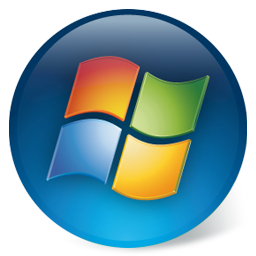NeoSmart Technologies is a big proponent of Full Disclosure when dealing with security vulnerabilities. Many coders and general online denizens think that’s not a very nice thing to do – that it creates more harm than it helps; but if you look at the alternatives it becomes obvious that not only is Full Disclosure not an extreme view/course of action but rather the only real middle ground there is for dealing with 0-day flaws.
When a person, group, or company discovers a security flaw in a product or service, they have a range of means to communicate this flaw to the outside world. On one side of the scale, most companies explicitly ask that such discoveries be treated with the utmost confidence and not spoken of until they have released a patch. Then you have Full Disclosure wherein the finders reveal any and all associated information, exploits, fixes, and workarounds. At the the very other end are the self-beneficiaries that attempt to sell or else use the exploits for their own self-aggrandizement.

 Ever since Apple Computer Corporation [[AAPL]] decided to switch to the Intel platform, the online world’s been abuzz. Besides the hackers that put OS X on the normal PC, and those that put Windows on the iMac (which NeoSmart Technologies was proudly a
Ever since Apple Computer Corporation [[AAPL]] decided to switch to the Intel platform, the online world’s been abuzz. Besides the hackers that put OS X on the normal PC, and those that put Windows on the iMac (which NeoSmart Technologies was proudly a  Windows Vista RC1 (
Windows Vista RC1 (